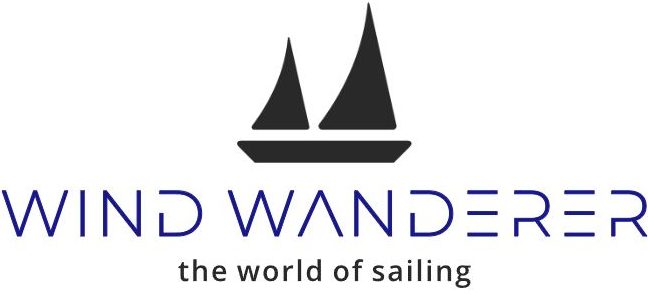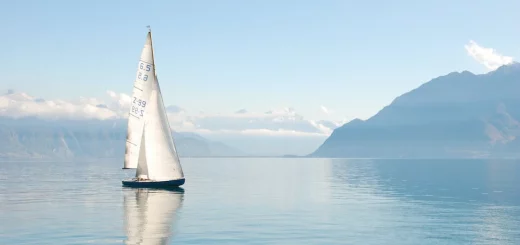Navigating the High Seas: A Guide to Sailing Navigation
Sailing is an exciting way to explore the world’s waterways, and navigating the high seas is an essential part of any sailing adventure. Whether you’re sailing around the world or just for a weekend, understanding sailing navigation methods is crucial for a safe and successful trip. In this guide, we’ll take a closer look at the basics of sailing navigation and explore some of the most commonly used methods.
Dead Reckoning
One of the oldest and most basic sailing navigation methods is dead reckoning. This involves using a compass, log, and time to estimate a ship’s position based on its previous known position. The navigator takes into account the ship’s speed and direction to calculate its current location. Dead reckoning is a simple and effective method, but it can be prone to errors due to wind, currents, and other factors.
Celestial Navigation
Another traditional sailing navigation method is celestial navigation. This involves using the position of the stars, moon, and sun to determine a ship’s location. The navigator takes sightings of the celestial bodies using a sextant and then uses a chart and mathematical calculations to plot the ship’s position. Celestial navigation can be challenging to master, but it is highly accurate and does not require any external instruments or technology.
Electronic Navigation
In modern times, electronic navigation has become the most common method of sailing navigation. GPS (Global Positioning System) technology allows sailors to pinpoint their exact location using satellites. This method is highly accurate and can provide a wealth of information about a ship’s speed, direction, and position. Many sailors now use electronic navigation as their primary method, but it’s essential to have backup systems in case of technology failures.
Radar Navigation
Radar navigation is another electronic method of sailing navigation. This method uses radio waves to detect and locate objects, including other ships, land, and even storms. The radar display provides a visual representation of the ship’s surroundings, which can be particularly helpful in low visibility conditions such as fog or rain.
Piloting as sailing navigation
Piloting is a method of sailing navigation that involves using visible landmarks and other navigational aids to guide the ship. This can include lighthouses, buoys, and other markers. Piloting is often used when sailing near shore or in shallow waters where it can be challenging to rely on other methods such as GPS or celestial navigation.
Choosing the Right Method
The choice of sailing navigation method will depend on various factors, including the experience level of the crew, the type of boat, the sailing conditions, and the distance and location of the trip. It’s essential to have a thorough understanding of each method and to have backup systems in case of equipment failure or adverse weather conditions.
In conclusion, sailing navigation is a crucial aspect of any sailing adventure. Understanding the different methods available and choosing the appropriate one for the situation is essential for a safe and enjoyable trip. Whether using traditional methods like dead reckoning and celestial navigation or modern technology such as GPS and radar, all methods require careful planning, attention to detail, and a sense of adventure. So, chart your course, set your sails, and enjoy the journey!


